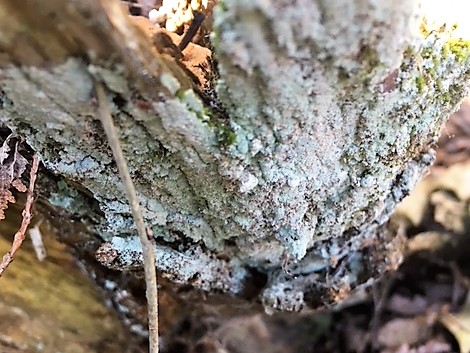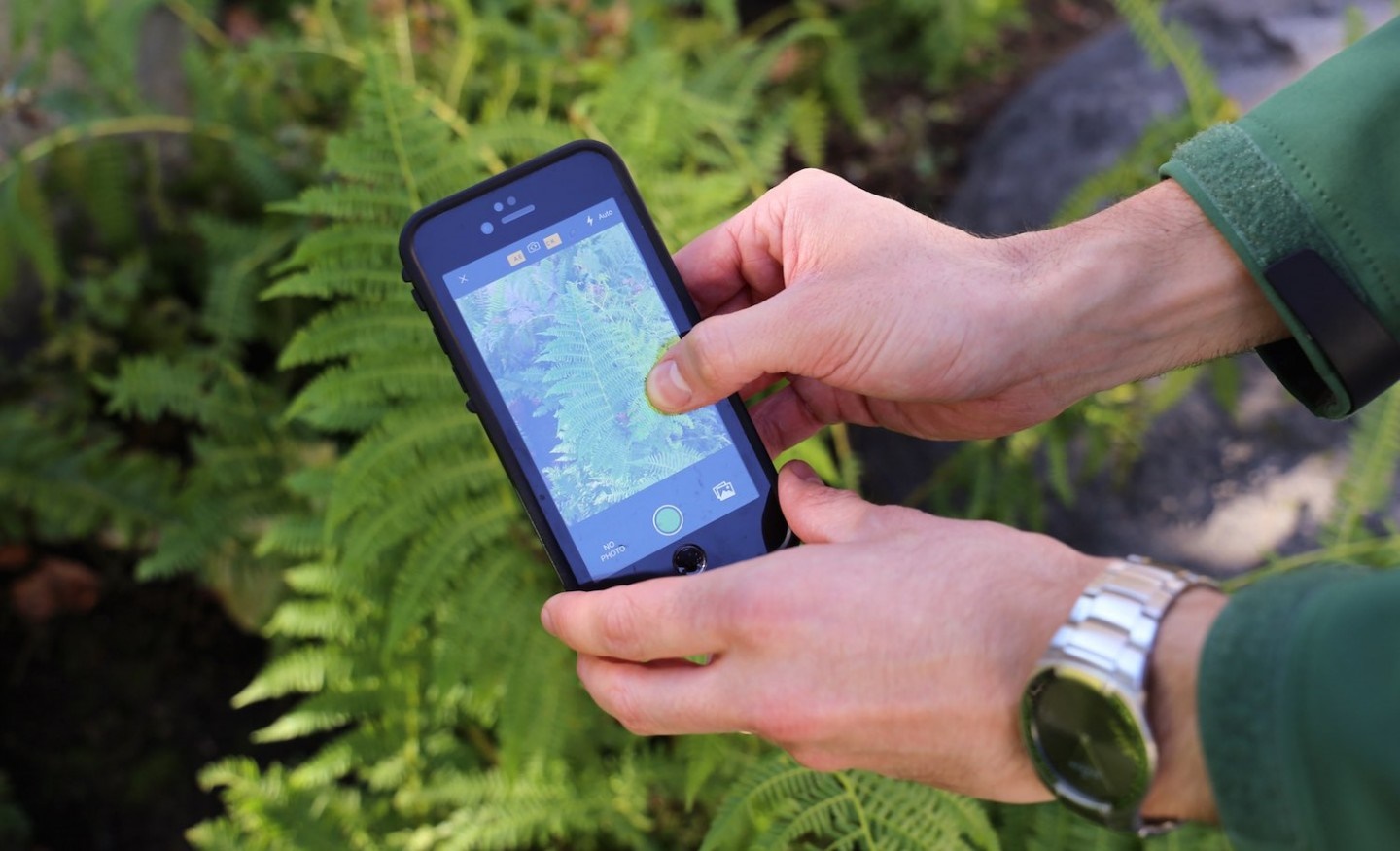A group of 4, Kim, Scott, Marilyn and I headed into Harper Park on a sunny, crisp Nov. 16th morning. The eBird list for Harper Park has grown steadily as more Naturalists enjoy a walk through Harper Park identifying and reporting to eBird both resident and migrating birds. In fact, the eBird list has reached 99 species. We were in search of that 100th species. Chickadees, Blue jays, Cardinal, Red-breasted nuthatches, a Golden-crowned kinglet, Downy, Hairy & Pileated woodpeckers and Crows all serenaded us that morning, but we were unsuccessful in sleuthing out that 100th species.
So, Folks!….The challenge is on for someone to report to eBird the 100th species before the end of 2017! To find the list of 99 species, Check out the website, eBird.org. Scroll down to Explore Hotspots. Type in Harper Park and ‘enter’ on Peterborough-Harper Park. You can also print off the list of birds reported so far.
As we continued through Harper Park we …


